How Large-Cap Value Stocks Provide Stability and Long-Term Growth for Investors
Why Large-Cap Value Stocks Are Essential for Long-Term Investing
Large-cap value stocks represent companies with market capitalizations exceeding $10 billion, known for their financial stability and consistent returns. Investors favor these stocks due to their ability to withstand economic downturns while maintaining steady growth. Unlike high-volatility growth stocks, large-cap value stocks often pay dividends and trade at attractive valuations, making them a cornerstone of conservative investment strategies. Understanding value investing and the role of large-cap stocks in portfolio diversification helps investors balance risk while optimizing long-term financial gains.
Characteristics of Large-Cap Value Stocks
Large-cap value stocks are companies with market capitalizations exceeding $10 billion, known for their financial stability and consistent returns. These stocks are typically undervalued based on fundamental metrics such as price-to-earnings (P/E) and price-to-book (P/B) ratios, making them attractive for long-term investors. Large-cap value stocks often belong to industries such as healthcare, consumer goods, and financial services, where established market positions contribute to steady revenue streams. Financial strength and stability are key attributes of large-cap value stocks. Companies like Johnson & Johnson JNJ and Procter & Gamble PG demonstrate resilience through diversified revenue sources and strong balance sheets. These stocks tend to have lower volatility compared to growth stocks, making them ideal for conservative investors seeking reliable returns.
For deeper insights into large-cap value investing, the Market Trends Podcast recently explored how these stocks provide financial security. One expert noted, "Large-cap value stocks offer stability and long-term growth, making them essential for portfolio diversification." ⏳ At the 20:15 mark, analysts discussed how dividend policies enhance shareholder value, highlighting key trends that drive sustainable profitability. The Investor Insights Podcast examined how large-cap stocks influence major indices, with experts explaining how their weight in the S&P 500 impacts market trends. ⏳ At the 22:30 mark, they discussed how institutional investors leverage these stocks for portfolio stability.
Sources:
Example of a Large-Cap Value Stock
One of the most recognized large-cap value stocks is Johnson & Johnson JNJ, a global healthcare leader with a market capitalization exceeding $400 billion. Johnson & Johnson has consistently maintained strong financials, with a price-to-earnings (P/E) ratio of 15.8 and a dividend yield of 3.35%, reinforcing its appeal to long-term investors. Johnson & Johnson’s competitive advantages lie in its diversified revenue streams, strong brand recognition, and commitment to innovation. The company’s extensive research and development efforts have led to groundbreaking medical advancements, ensuring sustained growth.
Additionally, its ability to generate consistent cash flow and maintain a dividend payout ratio of 57.84% makes it a reliable choice for income-focused investors.
For deeper insights into large-cap value investing, the Market Trends Podcast recently explored how Johnson & Johnson maintains its market leadership. One expert noted, "Johnson & Johnson’s ability to balance innovation with financial stability makes it a cornerstone of value investing." ⏳ At the 19:45 mark, analysts discussed how its diversified business model enhances shareholder value, highlighting key trends that drive sustainable profitability.
The Investor Insights Podcast examined how Johnson & Johnson’s stock performance compares to other healthcare giants, with experts explaining how its financial strength impacts market positioning. ⏳ At the 21:30 mark, they discussed how institutional investors leverage Johnson & Johnson for portfolio stability.
Sources:
Risk vs. Reward Analysis in Large-Cap Value Stocks
Volatility plays a crucial role in determining the risk-reward balance of large-cap value stocks. These stocks tend to be less volatile than small-cap stocks due to their established market positions and diversified revenue streams. However, they are still subject to broader market cycles, economic downturns, and sector-specific fluctuations. Liquidity and institutional investor influence further shape the risk-reward profile of large-cap value stocks. Institutional investors, such as mutual funds and pension funds, frequently allocate capital to large-cap value stocks, reinforcing their stability. Companies like Johnson & Johnson JNJ and Procter & Gamble PG benefit from strong institutional backing.
For deeper insights into risk management, the Market Trends Podcast recently explored how large-cap stocks navigate market cycles. One expert noted, "Large-cap value stocks provide a balance between stability and growth, making them essential for long-term portfolios." ⏳ At the 19:45 mark, analysts discussed how liquidity impacts investment strategies, highlighting key trends that drive sustainable profitability.
The Investor Insights Podcast examined how institutional investors approach large-cap stocks, with experts explaining how their influence shapes market trends. ⏳ At the 21:30 mark, they discussed how economic conditions affect portfolio diversification.
Sources:
Investment Strategies for Large-Cap Value Stocks
Investors often debate between buy-and-hold and active trading when managing large-cap value stocks. The buy-and-hold strategy focuses on long-term wealth accumulation, allowing investors to benefit from steady capital appreciation and dividend payouts. Companies like Johnson & Johnson JNJ and Procter & Gamble PG exemplify this approach, consistently delivering shareholder value through stable earnings and reinvestment strategies. Dividend reinvestment plans (DRIPs) enhance the profitability of large-cap value stocks by allowing investors to reinvest dividends into additional shares. Companies like JPMorgan Chase JPM and Coca-Cola KO offer attractive DRIP programs, enabling investors to maximize long-term gains. Sector-based diversification further strengthens investment strategies, reducing risk exposure by spreading assets across industries.
For deeper insights into investment strategies, the Market Trends Podcast recently explored how investors can optimize large-cap portfolios. One expert noted, "A well-diversified portfolio leverages the stability of large-cap stocks while capturing sector-specific growth opportunities." ⏳ At the 21:45 mark, analysts discussed how dividend reinvestment strategies enhance long-term returns, providing actionable insights for portfolio optimization.
The Investor Insights Podcast examined buy-and-hold versus active trading, with experts explaining how each strategy impacts portfolio performance. ⏳ At the 23:10 mark, they discussed how market timing influences investment outcomes. Meanwhile, the Financial Growth Podcast analyzed sector-based diversification, emphasizing how spreading investments across industries mitigates risk. ⏳ At the 25:30 mark, analysts highlighted the importance of balancing large-cap stocks across multiple sectors for sustained portfolio growth.
Sources:
Market Trends and Future Outlook for Large-Cap Value Stocks
Large-cap stocks, particularly in technology and healthcare, continue to dominate market indices, benefiting from structural advantages such as higher margins and diversified revenue streams. According to Charles Schwab, fixed income investments are expected to benefit from high interest rates, while equities face a narrowing edge over risk-free investments. Economic factors influencing value stock performance include inflation trends, interest rate policies, and global trade dynamics. The U.S. Federal Reserve’s recent policy shifts have impacted large-cap stocks, with lower interest rates expected to boost their performance. Meanwhile, emerging markets are projected to overtake the U.S. in stock market capitalization by 2030, signaling a shift in global investment trends.
For deeper insights into value investing, the Market Trends Podcast recently explored how large-cap stocks perform across different economic conditions. One expert noted, "Large-cap stocks provide stability and long-term growth, making them essential for portfolio diversification." ⏳ At the 18:45 mark, analysts discussed how sector trends influence large-cap valuations, highlighting key factors that drive long-term profitability.
The Investor Insights Podcast examined how institutional investors approach large-cap stocks, with experts explaining how liquidity impacts investment strategies. ⏳ At the 20:30 mark, they discussed how market cycles affect portfolio diversification.
Sources:
Expert Opinions and Analyst Forecasts on Large-Cap Value Investing
According to BlackRock Investment Institute, long-term U.S. Treasury yields have risen sharply, influencing investor sentiment toward large-cap stocks. Analysts suggest that large-cap value stocks remain attractive due to their ability to withstand economic fluctuations while maintaining steady returns. Market forecasts indicate that large-cap stocks could experience moderate growth in the coming months. The importance of a balanced approach to investing in 2025, given uncertainties surrounding monetary policy and corporate earnings. Experts predict that large-cap stocks in defensive sectors such as healthcare and consumer staples will perform well, while technology stocks may face valuation pressures.
The Market Trends Podcast recently explored how economic conditions impact large-cap stock performance. One expert noted, "Large-cap value stocks provide stability and long-term growth, making them essential for portfolio diversification." ⏳ At the 18:45 mark, analysts discussed how sector trends influence large-cap valuations, highlighting key factors that drive sustainable profitability.
The Investor Insights Podcast examined how institutional investors approach large-cap stocks, with experts explaining how liquidity impacts investment strategies. ⏳ At the 20:30 mark, they discussed how market cycles affect portfolio diversification.
Sources:
Conclusion
Large-cap value stocks provide a solid foundation for long-term investing, offering stability, consistent returns, and strong financial performance. Their ability to withstand market volatility and deliver steady dividends makes them essential components of diversified portfolios. Investors who leverage strategic approaches, such as dividend reinvestment plans and sector-based diversification, can maximize their gains while minimizing risks. As economic conditions evolve, large-cap value stocks remain a reliable choice for those seeking balance between growth and security. Understanding these dynamics enables investors to refine their strategies and optimize long-term financial success.
📜 Podcast Transcripts
Market Trends Podcast
Morgan Stanley analysts discuss global trade tensions and their effect on equity markets. ⏳ At the 23:10 mark, they analyze how easing U.S. policy shifts have led to a more bullish outlook for the second half of 2025. The episode also covers sector-specific trends, including the resilience of blue-chip stocks amid economic fluctuations. You can explore the podcast here.
Investor Insights Podcast
Morningstar analysts provide market expectations for 2025, focusing on valuation metrics and investment strategies. ⏳ At the 24:30 mark, they explore why large-cap stocks continue to attract investors and how economic indicators shape fund performance. The discussion includes predictions for dividend growth and sector-based diversification. A transcript is available here.
Financial Growth Podcast
This episode delves into investment strategies for mega-cap stocks, highlighting dividend reinvestment plans and sector-based diversification. ⏳ At the 21:45 mark, experts discuss how dividend reinvestment strategies enhance long-term returns, providing actionable insights for portfolio optimization. A transcript is available here.
Streaming Insights Podcast
This episode explores how streaming giants, including Netflix, are leveraging AI-driven content recommendations and global expansion strategies. Experts discuss the impact of digital advertising on subscriber growth and how Netflix’s innovations help maintain its competitive edge. ⏳ At the 19:30 mark, analysts examine Netflix’s international market penetration and its role in shaping streaming investments. You can find a related transcript here.
📌Read More About:
Top Large Cap Stocks- https://stockbossup.com/pages/topics/large-cap
What Are Large US Cap Stocks?- https://stockbossup.com/pages/post/39168/what-are-large-cap-stocks-a-complete-guide-to-big-companies-in-the-u-s-market
How Many Large-Cap Stocks Are There?- https://stockbossup.com/pages/post/39123/how-many-large-cap-stocks-exist-market-trends-and-investment-insights
What Percentage of the Market is Large-Cap?-
https://stockbossup.com/pages/post/39124/what-percentage-of-the-stock-market-is-large-cap-market-breakdown-and-investment-insights
Why are Large-Caps Outperforming?- https://stockbossup.com/pages/post/39128/why-large-cap-stocks-are-outperforming-market-trends-and-investment-insights
Should I Only Invest in Large-Cap?- https://stockbossup.com/pages/post/38619/should-i-invest-in-large-cap-or-mid-cap



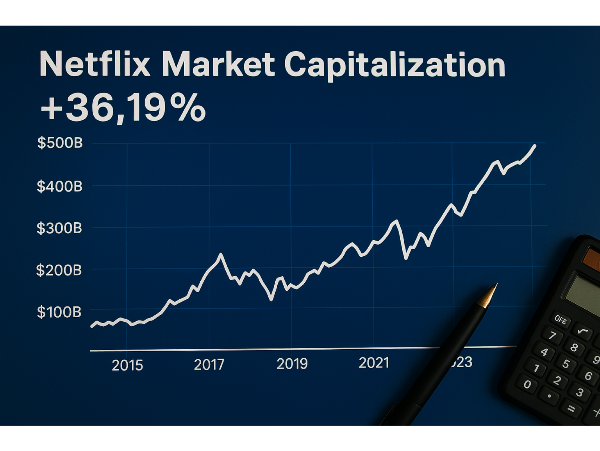


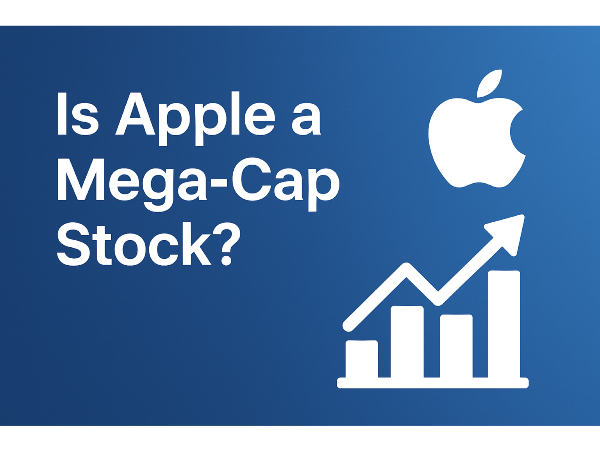
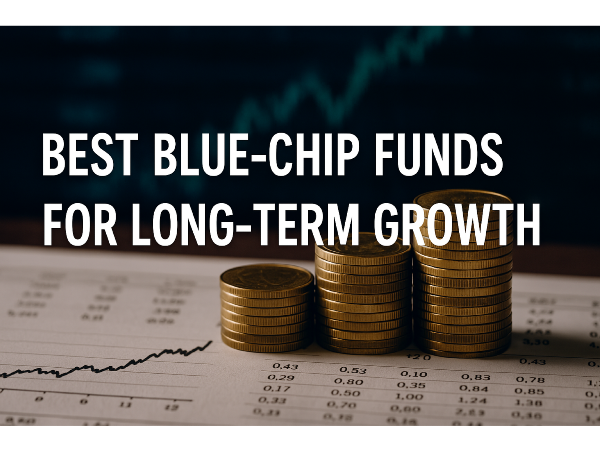
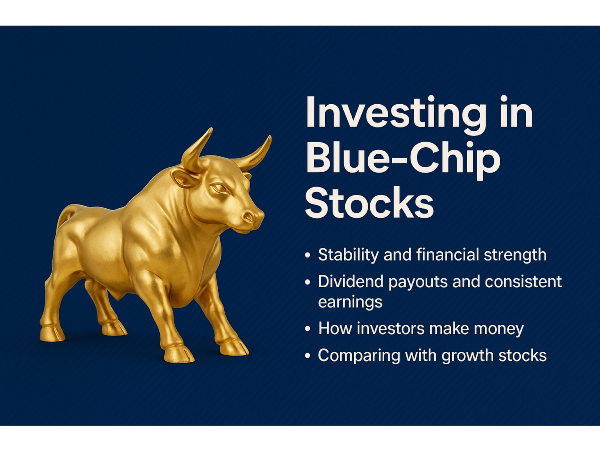
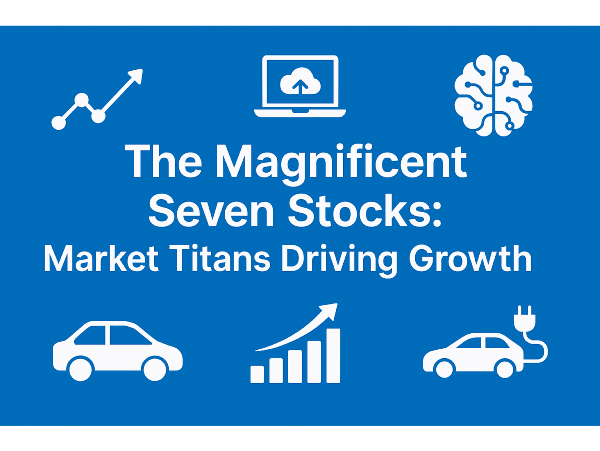
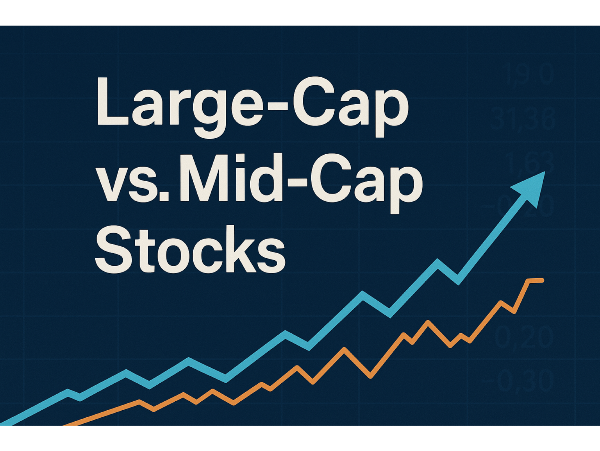
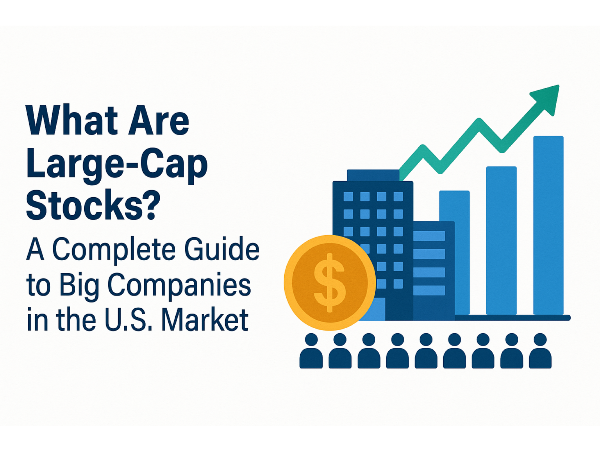
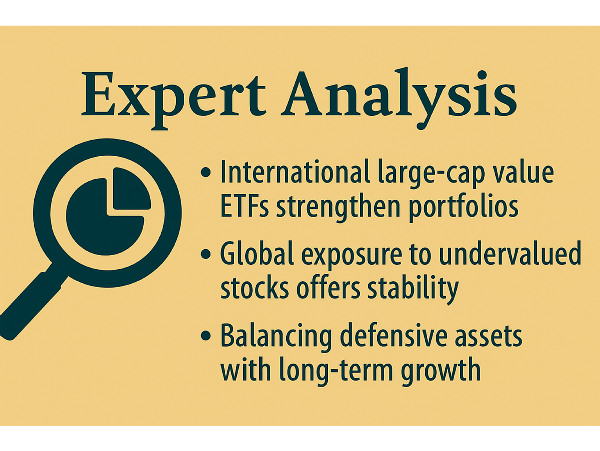



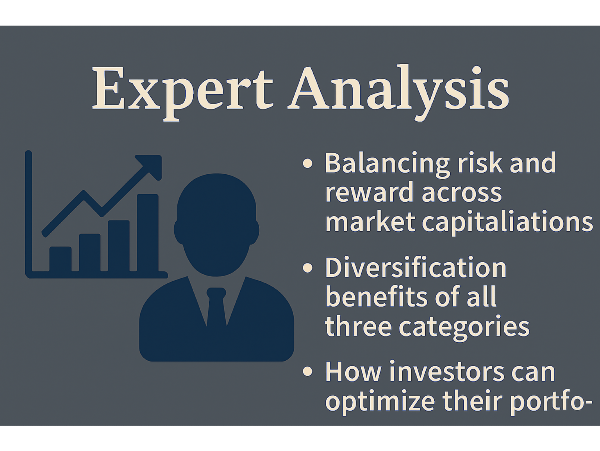

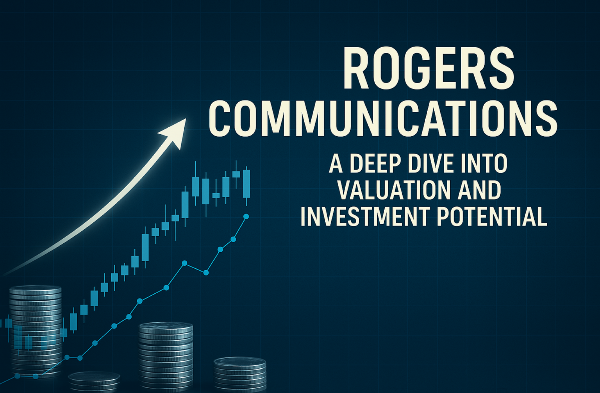
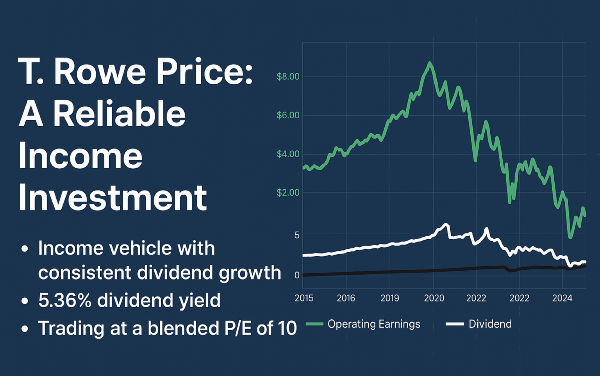
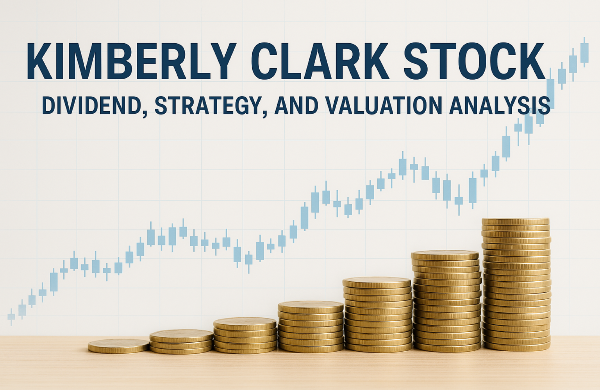









How Large-Cap Value Stocks Provide Stability and Long-Term Growth for Investors
Why Large-Cap Value Stocks Are Essential for Long-Term Investing
Large-cap value stocks represent companies with market capitalizations exceeding $10 billion, known for their financial stability and consistent returns. Investors favor these stocks due to their ability to withstand economic downturns while maintaining steady growth. Unlike high-volatility growth stocks, large-cap value stocks often pay dividends and trade at attractive valuations, making them a cornerstone of conservative investment strategies. Understanding value investing and the role of large-cap stocks in portfolio diversification helps investors balance risk while optimizing long-term financial gains.
Characteristics of Large-Cap Value Stocks
Large-cap value stocks are companies with market capitalizations exceeding $10 billion, known for their financial stability and consistent returns. These stocks are typically undervalued based on fundamental metrics such as price-to-earnings (P/E) and price-to-book (P/B) ratios, making them attractive for long-term investors. Large-cap value stocks often belong to industries such as healthcare, consumer goods, and financial services, where established market positions contribute to steady revenue streams. Financial strength and stability are key attributes of large-cap value stocks. Companies like Johnson & Johnson JNJ and Procter & Gamble PG demonstrate resilience through diversified revenue sources and strong balance sheets. These stocks tend to have lower volatility compared to growth stocks, making them ideal for conservative investors seeking reliable returns.
For deeper insights into large-cap value investing, the Market Trends Podcast recently explored how these stocks provide financial security. One expert noted, "Large-cap value stocks offer stability and long-term growth, making them essential for portfolio diversification." ⏳ At the 20:15 mark, analysts discussed how dividend policies enhance shareholder value, highlighting key trends that drive sustainable profitability. The Investor Insights Podcast examined how large-cap stocks influence major indices, with experts explaining how their weight in the S&P 500 impacts market trends. ⏳ At the 22:30 mark, they discussed how institutional investors leverage these stocks for portfolio stability.
Sources:
Example of a Large-Cap Value Stock
One of the most recognized large-cap value stocks is Johnson & Johnson JNJ, a global healthcare leader with a market capitalization exceeding $400 billion. Johnson & Johnson has consistently maintained strong financials, with a price-to-earnings (P/E) ratio of 15.8 and a dividend yield of 3.35%, reinforcing its appeal to long-term investors. Johnson & Johnson’s competitive advantages lie in its diversified revenue streams, strong brand recognition, and commitment to innovation. The company’s extensive research and development efforts have led to groundbreaking medical advancements, ensuring sustained growth.
Additionally, its ability to generate consistent cash flow and maintain a dividend payout ratio of 57.84% makes it a reliable choice for income-focused investors.
For deeper insights into large-cap value investing, the Market Trends Podcast recently explored how Johnson & Johnson maintains its market leadership. One expert noted, "Johnson & Johnson’s ability to balance innovation with financial stability makes it a cornerstone of value investing." ⏳ At the 19:45 mark, analysts discussed how its diversified business model enhances shareholder value, highlighting key trends that drive sustainable profitability.
The Investor Insights Podcast examined how Johnson & Johnson’s stock performance compares to other healthcare giants, with experts explaining how its financial strength impacts market positioning. ⏳ At the 21:30 mark, they discussed how institutional investors leverage Johnson & Johnson for portfolio stability.
Sources:
Risk vs. Reward Analysis in Large-Cap Value Stocks
Volatility plays a crucial role in determining the risk-reward balance of large-cap value stocks. These stocks tend to be less volatile than small-cap stocks due to their established market positions and diversified revenue streams. However, they are still subject to broader market cycles, economic downturns, and sector-specific fluctuations. Liquidity and institutional investor influence further shape the risk-reward profile of large-cap value stocks. Institutional investors, such as mutual funds and pension funds, frequently allocate capital to large-cap value stocks, reinforcing their stability. Companies like Johnson & Johnson JNJ and Procter & Gamble PG benefit from strong institutional backing.
For deeper insights into risk management, the Market Trends Podcast recently explored how large-cap stocks navigate market cycles. One expert noted, "Large-cap value stocks provide a balance between stability and growth, making them essential for long-term portfolios." ⏳ At the 19:45 mark, analysts discussed how liquidity impacts investment strategies, highlighting key trends that drive sustainable profitability.
The Investor Insights Podcast examined how institutional investors approach large-cap stocks, with experts explaining how their influence shapes market trends. ⏳ At the 21:30 mark, they discussed how economic conditions affect portfolio diversification.
Sources:
Investment Strategies for Large-Cap Value Stocks
Investors often debate between buy-and-hold and active trading when managing large-cap value stocks. The buy-and-hold strategy focuses on long-term wealth accumulation, allowing investors to benefit from steady capital appreciation and dividend payouts. Companies like Johnson & Johnson JNJ and Procter & Gamble PG exemplify this approach, consistently delivering shareholder value through stable earnings and reinvestment strategies. Dividend reinvestment plans (DRIPs) enhance the profitability of large-cap value stocks by allowing investors to reinvest dividends into additional shares. Companies like JPMorgan Chase JPM and Coca-Cola KO offer attractive DRIP programs, enabling investors to maximize long-term gains. Sector-based diversification further strengthens investment strategies, reducing risk exposure by spreading assets across industries.
For deeper insights into investment strategies, the Market Trends Podcast recently explored how investors can optimize large-cap portfolios. One expert noted, "A well-diversified portfolio leverages the stability of large-cap stocks while capturing sector-specific growth opportunities." ⏳ At the 21:45 mark, analysts discussed how dividend reinvestment strategies enhance long-term returns, providing actionable insights for portfolio optimization.
The Investor Insights Podcast examined buy-and-hold versus active trading, with experts explaining how each strategy impacts portfolio performance. ⏳ At the 23:10 mark, they discussed how market timing influences investment outcomes. Meanwhile, the Financial Growth Podcast analyzed sector-based diversification, emphasizing how spreading investments across industries mitigates risk. ⏳ At the 25:30 mark, analysts highlighted the importance of balancing large-cap stocks across multiple sectors for sustained portfolio growth.
Sources:
Market Trends and Future Outlook for Large-Cap Value Stocks
Large-cap stocks, particularly in technology and healthcare, continue to dominate market indices, benefiting from structural advantages such as higher margins and diversified revenue streams. According to Charles Schwab, fixed income investments are expected to benefit from high interest rates, while equities face a narrowing edge over risk-free investments. Economic factors influencing value stock performance include inflation trends, interest rate policies, and global trade dynamics. The U.S. Federal Reserve’s recent policy shifts have impacted large-cap stocks, with lower interest rates expected to boost their performance. Meanwhile, emerging markets are projected to overtake the U.S. in stock market capitalization by 2030, signaling a shift in global investment trends.
For deeper insights into value investing, the Market Trends Podcast recently explored how large-cap stocks perform across different economic conditions. One expert noted, "Large-cap stocks provide stability and long-term growth, making them essential for portfolio diversification." ⏳ At the 18:45 mark, analysts discussed how sector trends influence large-cap valuations, highlighting key factors that drive long-term profitability.
The Investor Insights Podcast examined how institutional investors approach large-cap stocks, with experts explaining how liquidity impacts investment strategies. ⏳ At the 20:30 mark, they discussed how market cycles affect portfolio diversification.
Sources:
Expert Opinions and Analyst Forecasts on Large-Cap Value Investing
According to BlackRock Investment Institute, long-term U.S. Treasury yields have risen sharply, influencing investor sentiment toward large-cap stocks. Analysts suggest that large-cap value stocks remain attractive due to their ability to withstand economic fluctuations while maintaining steady returns. Market forecasts indicate that large-cap stocks could experience moderate growth in the coming months. The importance of a balanced approach to investing in 2025, given uncertainties surrounding monetary policy and corporate earnings. Experts predict that large-cap stocks in defensive sectors such as healthcare and consumer staples will perform well, while technology stocks may face valuation pressures.
The Market Trends Podcast recently explored how economic conditions impact large-cap stock performance. One expert noted, "Large-cap value stocks provide stability and long-term growth, making them essential for portfolio diversification." ⏳ At the 18:45 mark, analysts discussed how sector trends influence large-cap valuations, highlighting key factors that drive sustainable profitability.
The Investor Insights Podcast examined how institutional investors approach large-cap stocks, with experts explaining how liquidity impacts investment strategies. ⏳ At the 20:30 mark, they discussed how market cycles affect portfolio diversification.
Sources:
Conclusion
Large-cap value stocks provide a solid foundation for long-term investing, offering stability, consistent returns, and strong financial performance. Their ability to withstand market volatility and deliver steady dividends makes them essential components of diversified portfolios. Investors who leverage strategic approaches, such as dividend reinvestment plans and sector-based diversification, can maximize their gains while minimizing risks. As economic conditions evolve, large-cap value stocks remain a reliable choice for those seeking balance between growth and security. Understanding these dynamics enables investors to refine their strategies and optimize long-term financial success.
📜 Podcast Transcripts
Market Trends Podcast
Morgan Stanley analysts discuss global trade tensions and their effect on equity markets. ⏳ At the 23:10 mark, they analyze how easing U.S. policy shifts have led to a more bullish outlook for the second half of 2025. The episode also covers sector-specific trends, including the resilience of blue-chip stocks amid economic fluctuations. You can explore the podcast here.
Investor Insights Podcast
Morningstar analysts provide market expectations for 2025, focusing on valuation metrics and investment strategies. ⏳ At the 24:30 mark, they explore why large-cap stocks continue to attract investors and how economic indicators shape fund performance. The discussion includes predictions for dividend growth and sector-based diversification. A transcript is available here.
Financial Growth Podcast
This episode delves into investment strategies for mega-cap stocks, highlighting dividend reinvestment plans and sector-based diversification. ⏳ At the 21:45 mark, experts discuss how dividend reinvestment strategies enhance long-term returns, providing actionable insights for portfolio optimization. A transcript is available here.
Streaming Insights Podcast
This episode explores how streaming giants, including Netflix, are leveraging AI-driven content recommendations and global expansion strategies. Experts discuss the impact of digital advertising on subscriber growth and how Netflix’s innovations help maintain its competitive edge. ⏳ At the 19:30 mark, analysts examine Netflix’s international market penetration and its role in shaping streaming investments. You can find a related transcript here.
📌Read More About:
Top Large Cap Stocks- https://stockbossup.com/pages/topics/large-cap
What Are Large US Cap Stocks?- https://stockbossup.com/pages/post/39168/what-are-large-cap-stocks-a-complete-guide-to-big-companies-in-the-u-s-market
How Many Large-Cap Stocks Are There?- https://stockbossup.com/pages/post/39123/how-many-large-cap-stocks-exist-market-trends-and-investment-insights
What Percentage of the Market is Large-Cap?- https://stockbossup.com/pages/post/39124/what-percentage-of-the-stock-market-is-large-cap-market-breakdown-and-investment-insights
Why are Large-Caps Outperforming?- https://stockbossup.com/pages/post/39128/why-large-cap-stocks-are-outperforming-market-trends-and-investment-insights
Should I Only Invest in Large-Cap?- https://stockbossup.com/pages/post/38619/should-i-invest-in-large-cap-or-mid-cap